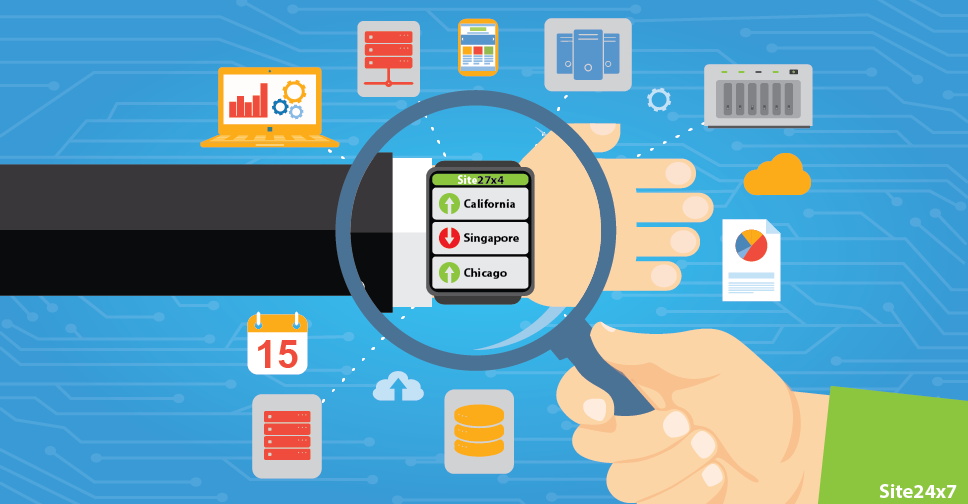Learning to Manage the Data from Wearables and Internet of Things Devices
The recent International CES introduced a variety of technologies which are likely going to cause many professionals to shift their focus from stable traditional servers to cloud systems built for dynamic loads as time goes on. Two of the the biggest trends for system administrators to pay attention to are the Internet of things and wearable technology since these will be significant sources of data in the coming decades.

Wearable Technologies in Life Saving Roles
No longer just glorified pedometers or gadgets designed to help fitness buffs improve their workouts, at the recent CES, vendors showed off numerous platforms designed to allow consumers to gain valuable insights to their health through devices as elegant as a piece of jewellery.
Now that consumers are increasingly concerned about healthcare costs, there will be a spike in tools designed to allow users to make sense of health information gathered around the clock. Whether it's proactively diagnosing diseases or monitoring the effectiveness of a workout routine, system administrators will need to ensure that their systems are always functional to avoid discrepancies in data. Aside from consumer devices, many medical companies are using hardware to gain crucial insights from patients to improve the level of care in clinical settings.
While scaling systems to handle volume can be done fairly easily, effectively building in redundancy and effectively monitoring the performance of such systems to keep costs in check in real time can be difficult for even the most experienced professionals.
The Internet of Things has arrived
The other major source of information fuelling an increased strain on system administrators is the Internet of Things. At CES numerous technologies were showcased such as Internet connected appliances, home automation devices, and even cars, indicating the strain being put on cloud services is going to rise astronomically in the coming years.
As with wearable technology, scalability, cost management and reliability are all going to be key concerns in this sector, but the diversity of devices is going to be the biggest challenge for many administrators to grasp.
The rise of connected cars is one of the most notable developments in the Internet of Things as it is one of the most practical applications of the technology for the general public. From optimized navigation systems to vehicle health monitoring and much more, these systems will require astronomical amounts of computing power locally and remotely for safe operations.
Similar to wearable technology, Internet of Things devices are going to cause an increased demand for distributed cloud systems to ensure that user’s devices function properly regardless of their location.
A Simple Way to Improve Efficiency
For system administrators, one of the biggest challenges to managing clusters of services always is spotting issues before they get out of hand. Fortunately ~allow system administrators to simplify proactive maintenance such as ensuring loads are distributed efficiently and that applications aren't becoming sluggish.
By having access to critical metrics from a central location, system administrators can focus their time specifically on potential trouble spots rather than spreading their resources thin. Additionally many tools can be used to streamline common maintenances tasks, allowing staff to focus on mission critical items.